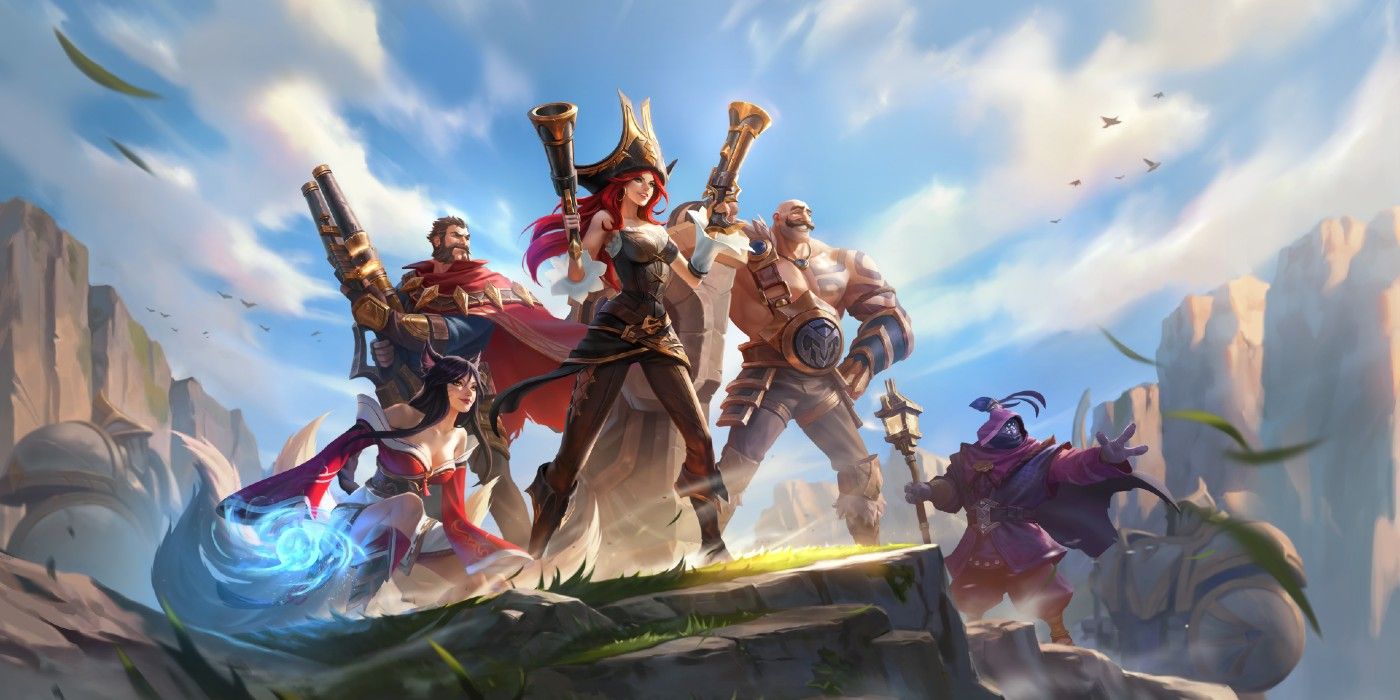Mobile and console game League of Legends: Wild Rift is often viewed as a port of the popular PC MOBA League of Legends. From the start, developer Riot Games has made it clear that this is an inaccurate description. Wild Rift is not a port of the existing League of Legends game but is instead a brand-new game that was built up from scratch specifically for mobile and console players. It also happens to look and feel nearly identical to the League of Legends experience PC gamers have known for a decade.
The description of Wild Rift as "different, but also the same" as League of Legends may seem like a contradiction, but experienced League of Legends players will understand as soon as they get their hands on Wild Rift. Everything from the Summoners Rift map and the champions that players can choose from to the cosmetics and skins will be familiar to League of Legends veterans.
Yet players will notice slight differences from the base game. Some champions will have slightly different abilities, like Rammus the Armordillo, whose ultimate now lets him leap into the air and smash down to do damage. The Nexus is no longer protected by towers but fires off energy blasts to protect itself. The item shop has been revamped to be streamlined and easier to navigate for players. So: the same as League of Legends, fundamentally, but different.
These changes were implemented, according to Riot, to achieve what appears to be three major objectives for Wild Rift: introduce new players to League of Legends, achieve a highly-competitive gameplay experience, and optimize Wild Rift to be uniquely suited for the non-PC players. Riot makes it very clear that a big goal of Wild Rift is to be a gateway for newer players to League of Legends. For League players trying to introduce the game to friends who are not PC players or are overwhelmed by the complexities of the MOBA, Wild Rift is meant to be the tool to bring them on board. The games on Wild Rift are much faster (about 15-20 minutes) compared to League of Legends games (25-30 minutes) and Wild Rift's design is streamlined to make the game friendly for newbies.
At the same time, Wild Rift will have a ranked mode and the controls, while simplified, still offer players the chance to express their skill when they put in the time. Finally, Riot needed to make sure that no space was wasted, either on the screen or in processing power. Riot assures players that Wild Rift is optimized so as not to take up too much of a phone's processing power or battery life. But champions and items are also changed to remove "dead space" buttons, which is why none of the champions have passive abilities.
One thing that Wild Rift is not, though, is League of Legends with training wheels. The controls might be different from PC, but they are designed to have the same tactile feel of clicking like a player might with a mouse. The abilities can be cast with one tap, or by dragging the skill indicator, much like players might do on PC. Players can move their camera around to aim long-range skillshots and scout teamfights they are running to. Just like League of Legends, Wild Rift is committed to building its own esports scene, as tournaments have already started in regions where the game has been released. New champions that come to League of Legends will probably also be released for Wild Rift at the same time, but Wild Rift is still working to bring more of the League of Legends champions to the game (only 61 of League's 154 champions will be in Wild Rift for it's North American release). But all the unique differences that League of Legends: Wild Rift have a purpose. Now that it's coming to North America, it's time for players to get onto the Rift.
League of Legends: Wild Rift is available on Android and iOS devices beginning March 29, 2021. Screen Rant was invited to a press presentation for the purpose of this preview.

